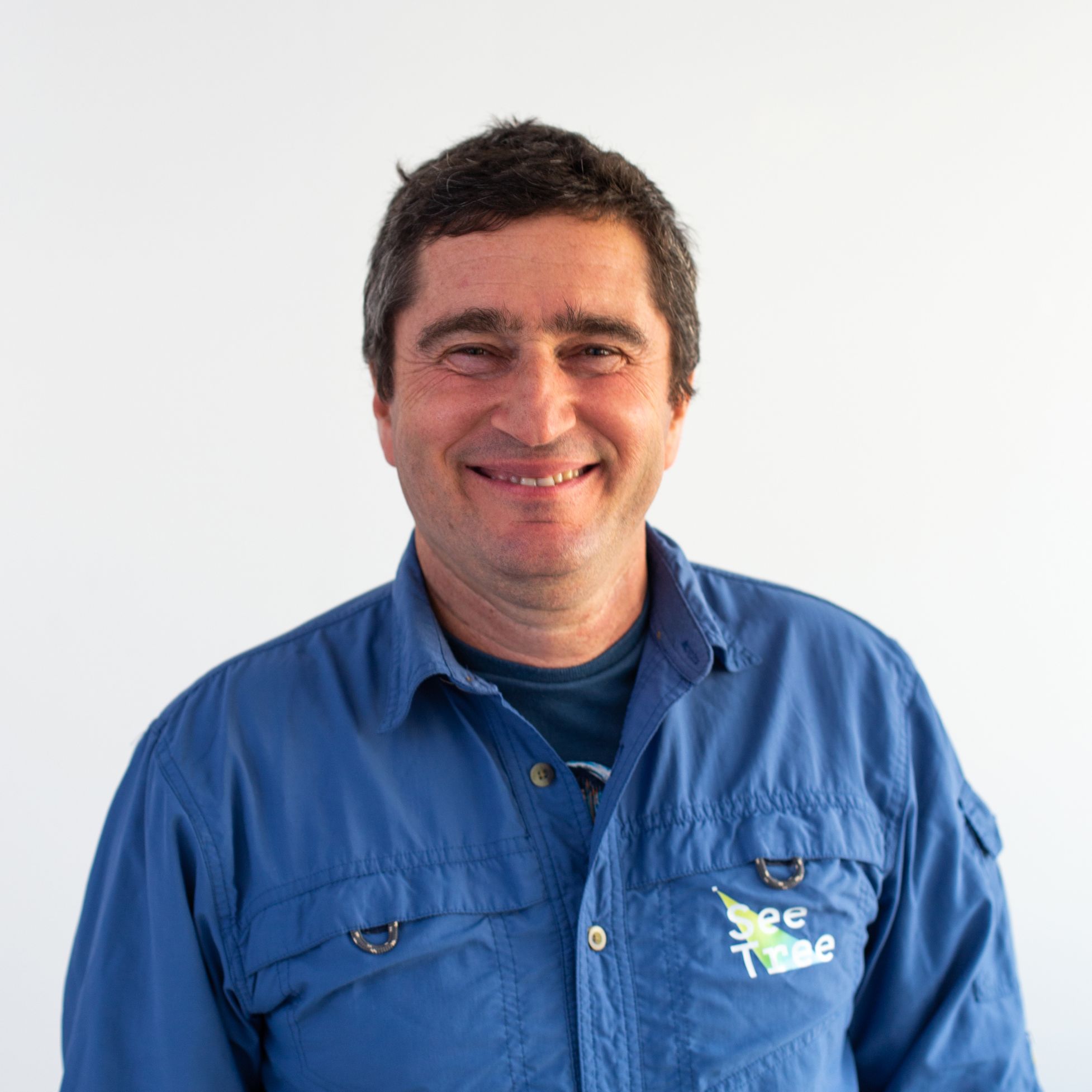SignalWire has raised $11.6M in total. We talk with Anthony Minessale, its CEO.
PetaCrunch: How would you describe SignalWire in a single tweet?
Anthony Minessale: SignalWire is the Internet-based phone company of the future combining ease-of-use with powerful programming interfaces to solve problems for everyone who needs to communicate.
PC: How did it all start and why?
AM: 15 years ago, a group of telephony developers and I founded the FreeSWITCH open-source project. As time passed, the ways that FreeSWITCH was being used began to get more and more complex and we realized that our end-users were all struggling to solve the same exact problems with resource management and scalability. We formed SignalWire because we wanted to solve those problems for once and for all and to bring the amazing features of Voice and Video over IP to the mainstream. We feel this category of Software-Defined Telecom is critical to enabling cloud-based companies to create and integrate their communications infrastructure to fit the rest of their Internet-based paradigm.
PC: What have you achieved so far?
AM: In the last year since the founding of SignalWire, we have built up to a team of about 35 spanning the globe. Our distributed nature allows us to operate the business from nearly anywhere. We release features as they are developed and deploy them out to hosted nodes across the Internet.
As far as our products: we have a full-featured API called RELAY that allows developers to interact in real-time with existing calls. RELAY can be used to make voice menus, chatbots, personal assistants and games and apps that require command over voice and video resources. Our goal is to limit the client-side infrastructure as much as possible including possibly eliminating it in many cases. One main way RELAY is different is that it uses a persistent connection to our infrastructure allowing bi-directional communications for building complex apps and it can be used to enable physical endpoints as well. mod_signalwire for FreeSWITCH allows your private soft-switch instance to join the network and receive calls.
We also have our own native and browser-based audio and video conferencing and SDK. We built our own technology stack from the ground up so this enables integration at the deepest level and full control over everything.
For our legacy users, we have the “Legacy Antiquated Markup Language” or LāML which is designed to be compatible with other telephony providers that use web-hook based REST interfaces for 100% of the application callbacks. This thin layer on our platform is just there so users who don’t want to immediately change anything can run their apps as-is.
For enterprise customers, we have a variety of options including an on-prem embeddable STACK as well as hybrid-cloud solutions designed to allow the best of both worlds when building complex infrastructure.
Our customers include some notable enterprise customers as well as a lot of startups and SMB beginning to build some amazing new products.
PC: How will you use your recent funding round?
AM: We will use the funding to scale by adding several new positions in the company as well as the development of several of our planned features and products.
PC: What do you plan to achieve in the next 2-3 years?
AM: Our goal is to build out our next generation interface allowing even more simplicity for generating and creating telecom resources on-demand in a SaaS model. We feel the barrier to entry is too great for the mainstream to use and command telecom.




